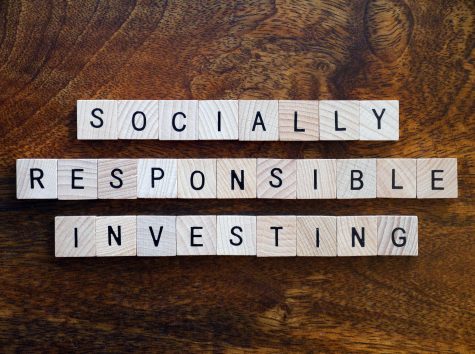
Community
11
GTCF’s Socially Responsible Investment Fund Hits Market Sweet Spot

IMAGE: LendingMemo.com
Over the last three years, GTCF’s Socially Responsible Investment (SRI) Fund has outperformed its endowment fund by 1%. GTCF CFO, Mo Mousa, pleased with the SRI fund’s performance since its introduction in 2016, likes to think of SRI as, “Doing well while doing good.”
With specific regard to “doing well,” Mousa offers this: “A look at second quarter returns between our SRI fund and the endowment pool (which was started in 1999), shows a 2.2 return for both. Year to date, the endowment fund gains are at 10.9% and the SRI gained 12.4%.”
Unpacking the “why” behind that performance, Fund Evaluation Group’s Tim O’Donnell, who manages GTCF’s SRI fund, says values-based investment strategies have become more sophisticated over the past 20 years. “Prior investors were a bit too complacent with high fees and low returns,” he says. “They were strictly values-focused, relying heavily on the exclusion of sin stocks (tobacco, firearms, weapons, etc.).” He calls that strategy, “a cudgel when you needed a scalpel.”
Certified Financial Planner and GTCF Investment Committee Chair, Gary Brooks explains that while the surge in the creation of values-based funds—GTCF’s included—may be fueled by heightened social conscience, SRI investing is in a “sweet spot” right now in the marketplace. “SRI funds are more likely to be light on energy, industrials, and other ‘values stocks,’ which have, over the last several years, performed worst in the market. SRI focuses on innovation-oriented ‘growth stocks’ such as tech and healthcare, so they are doing well just by virtue of where they’re invested.”

The environmental, social, and corporate governance factors that guide GTCF’s socially responsible investments
GTCF’s SRI fund employs screens for environmental, social and company governance factors (ESG), which are part of today’s more holistic SRI strategy. For example, GTCF’s fund managers proactively evaluate the degree to which companies embrace green building and clean technology practices, are engaged in human rights advocacy, positive labor relations and workplace safety, exhibit board diversity, and limit executive compensation.
Today’s SRI investors, O’Donnell says, “can get returns that are comparable to the overall marketplace and invested in a relatively high ethical manner. Saving the world is a fabulous ancillary benefit to this type of portfolio.”
Indeed, their alignment with GTCF’s philanthropic work is part of why GTCF Senior Director of Philanthropic Services Evelyn Ryberg says she enjoys working with fundholders to establish values-based portfolios. But, she says, SRI is not the “lead” in those discussions: “We spend a lot of time discovering what fundholders charitable goals are and what they’re trying to accomplish. Once we’ve identified a pathway, the SRI fund is an option to invest those dollars.”
O’Donnell concludes, “All of these discussions are not exclusive to investing in SRI/ESG. They are exclusive to investing. Period. Know what you own and don’t own. And why. Know what your portfolio looks like when things are bad, and when they’re good. And why. Recognize that SRI is a common-sense approach through which your values can be reflected in your portfolio and that you don’t have to give up returns.”



